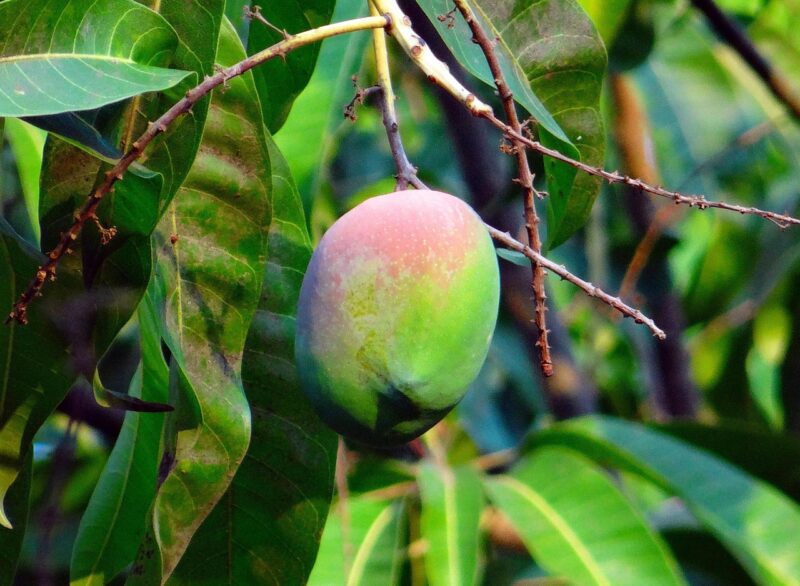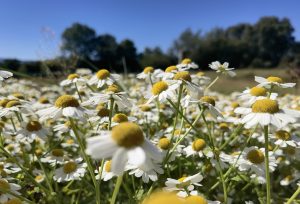This guide covers the process of planting and nurturing a mango seed to grow your very own mango tree. We’ll explore everything from seed selection and prep to care requirements, enhancing your gardening journey with a touch of tropical flair.
Can You Actually Plant a Mango Seed?
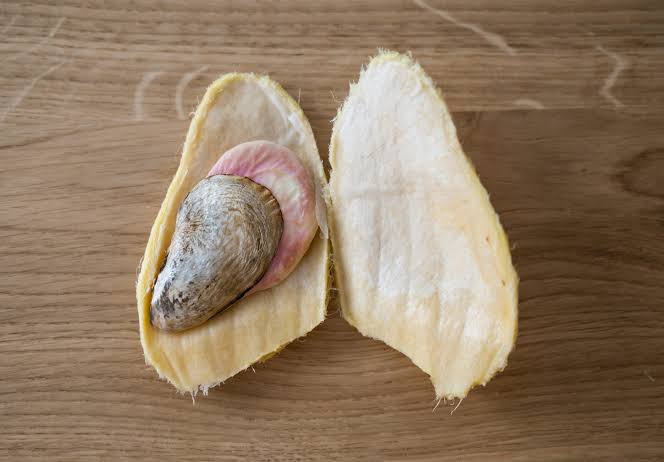
The short answer is yes, you can plant a mango seed! However, the journey from seed to tree isn’t a straightforward path. While some gardening enthusiasts enjoy the challenge, others may prefer to opt for grafted mango trees from nurseries to ensure they receive the desired fruit quality. But for those undeterred by the challenges of seed planting, enthusiasm surges at the prospect of nurturing their mango seeds into thriving trees.
Understanding Mango Trees and Their Seeds
When considering planting from seed, it’s essential to realize that mango trees grown from seeds may not exhibit the same characteristics as the parent tree. In fact, many commercially available varieties are hybridized for specific traits. Therefore, cross-pollination can result in variations in fruit size, taste, and even tree growth patterns.
The Mango Seed: Anatomy and Preparation
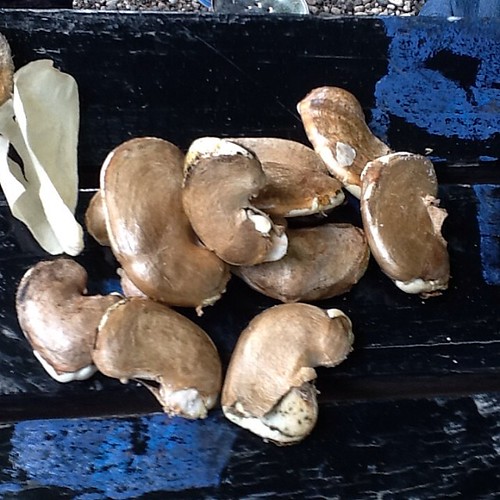
Understanding the anatomy of a mango seed is crucial for proper planting. Inside the fleshy fruit lies a large, flat seed housed in a tough outer shell. Dissecting the seed is often necessary for successful germination. If you’re ready to take this step, follow these instructions:
Step 1: Retrieving the Seed
After indulging in a delightful mango, save the pit, which is the large seed at the center of the fruit. Ensure that the pit is clean by rinsing it to remove any remaining fruit residue. This cleanliness discourages mold growth during the germination process.
Step 2: Extracting the Seed
Mango seeds are encased in a hard, wood-like shell. This shell needs to be removed to allow germination. To do this, carefully use a knife to cut away the outer seed casing. Be cautious not to damage the inner seed, which is tender and can be easily bruised.
Step 3: Soaking the Seed
Once extracted, soak the inner seed in water for about 24 hours. Soaking stimulates the germination process and prepares the seed for planting. After soaking, gently pat it dry with a towel.
Planting the Mango Seed
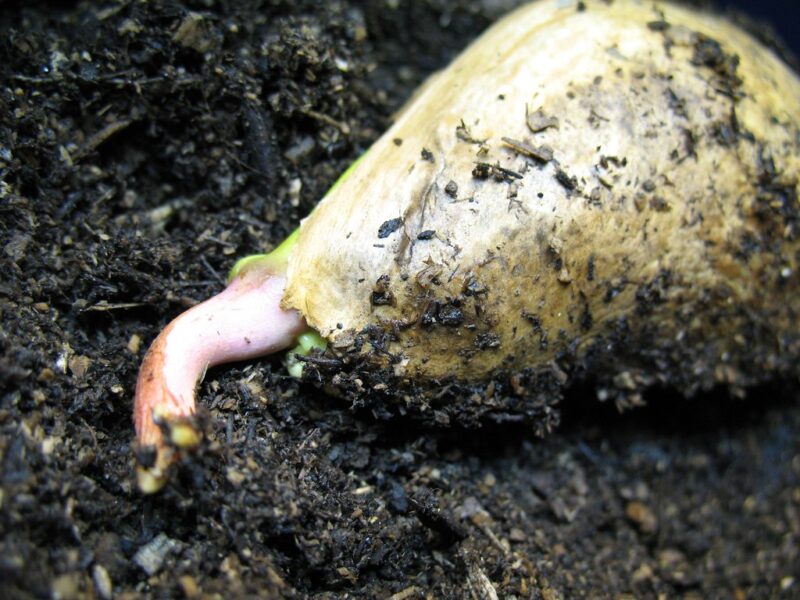
Using your prepared mango seed, it’s time to plant it. Here’s a step-by-step approach to ensure your seed has the best chance to sprout into a healthy mango tree.
Step 1: Choosing the Right Soil
Mango seeds thrive in nutrient-rich, well-draining soil. A mixture of potting soil, compost, and perlite works well, providing ample nutrients and good drainage. It’s crucial to use a pot that has drainage holes to prevent waterlogging, which can lead to root rot.
Step 2: Planting the Seed
Place the mango seed flat in the pot, about an inch below the soil surface. It’s recommended to position the seed with the flat side facing down, as this orientation typically promotes optimal growth. After positioning the seed, cover it lightly with soil.
Step 3: Watering the Soil
Once planted, water the soil lightly but thoroughly. Avoid overwatering—even moist soil is enough to initiate germination. Following this initial watering, keep the soil consistently moist but not soggy. Mango seeds need a warm environment to germinate, ideally between 70°F to 85°F (21°C to 29°C).
Patience: Waiting for Germination
Germination can take anywhere from a few weeks to several months, depending on the conditions and health of the seed. During this waiting period, it’s essential to ensure that the pot is placed in a warm location, preferably in direct sunlight. A sunny window sill can work wonders, mimicking the mango’s native tropical environment.
It’s normal to experience doubts as you await sprouting. Many gardeners find it helpful to journal their progress, noting the conditions, growth, and any changes they observe as days pass. Suddenly, a sprout may push its way above the soil, signifying the successful germination of your mango seed!
Caring for Your Mango Seedling
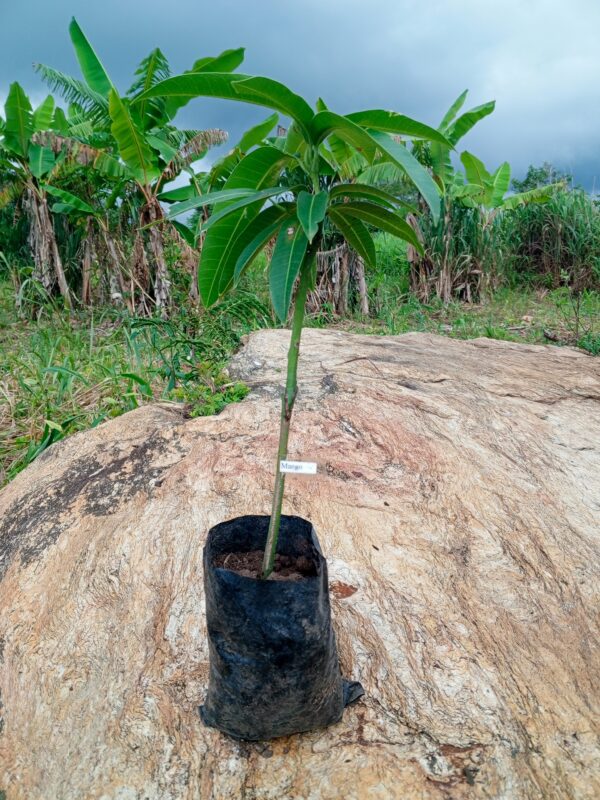
Congratulations! Your mango seed has germinated, resulting in a fragile yet promising seedling. Ensuring it thrives requires some care and attention.
Lighting Needs
Mango seedlings benefit significantly from plenty of sunlight. Ideally, they should receive around 8 hours of direct sunlight each day. If enough natural light isn’t available, consider using grow lights to replicate sunlight effectively.
Watering
As your seedling grows, keep the soil consistently moist but never soggy. Water only when the top inch of soil feels dry to the touch. By adhering to this rule, you help prevent issues like root rot while allowing the roots to establish properly.
Fertilizing
Once your seedling has reached about ten to twelve inches in height, it’s time to think about nutrition. Incorporate a balanced fertilizer, such as a 10-10-10 NPK (nitrogen, phosphorus, potassium) formula, every four to six weeks during the growing season. This nourishment supports healthy growth as the tree develops.
Transplanting Your Mango Seedling
As your mango tree matures and continues to thrive, it will eventually outgrow its container. Transplanting is necessary when the seedling has grown too large for its pot or when it develops a strong, established root system.
Choosing the Right Time
Plan to transplant in the spring when the risk of frost has passed. This timing allows the tree to acclimate to its new environment and minimizes potential stress.
Selecting a Location
If you live in a suitable climate, consider planting your mango tree outdoors. Mango trees thrive best in warm, tropical, or subtropical regions with ample sunlight and well-draining soil. Ensure that the chosen spot receives at least 8 hours of sunlight daily.
Transplanting Steps
Prepare the new location by digging a hole that is twice as wide and just as deep as the root ball of your seedling.
Gently remove the seedling from its pot, taking care to avoid breaking or damaging the fragile roots.
Place the seedling in the center of the new hole and backfill with soil.
Water thoroughly to encourage root establishment.
The Road to Fruiting: When Can You Expect Mangoes?
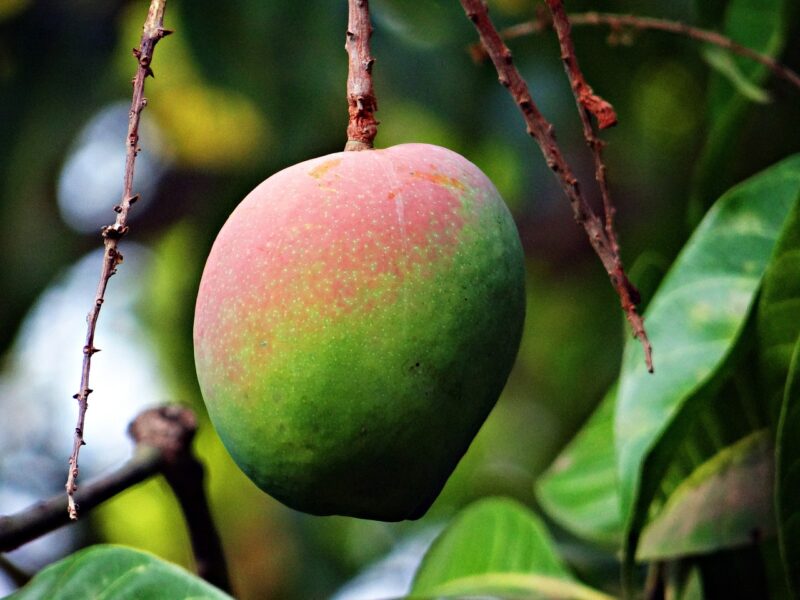
Now that your mango tree has been planted, patience remains paramount. Mango trees can take anywhere from three to six years to bear fruit when grown from seed. Factors such as care, climate, and specific mango varieties can influence this timeline.
If patience feels challenging, remember that nurturing a fruit tree from seed is a rewarding journey, allowing you to witness the entire growth cycle from seed to delicious fruit.
Common Challenges and Solutions
Growing a mango tree from seed comes with its own set of challenges. Here are some common issues you may encounter along the way and tips for overcoming them:
Pest Problems
Mango trees may attract pests such as aphids and fruit flies. Keep an eye on your plant and, if you notice any unwanted infestations, consider organic deterrents like neem oil to protect your tree without harmful chemicals.
Fungal Diseases
Overwatering and improper drainage can lead to fungal infections. Ensure good airflow and never let your mango’s roots sit in water. If you spot any dying leaves or mold, prune those away immediately and adjust your watering practices.
Nutrient Deficiencies
Nutrient deficiencies can affect growth, leading to yellowing leaves or stunted development. When fertilizing, make sure your fertilizer contains trace elements like magnesium and calcium, crucial for mango trees.
Conclusion: Your Journey to Growing Mangoes
So, can you plant a mango seed? Absolutely! This adventure is not merely about cultivating a fruit; it’s a journey of patience, care, and anticipation. Just as a gardener nurtures their seeds, you nurture your dreams, aspirations, and visions of a lush mango tree, filled with delicious fruit.



